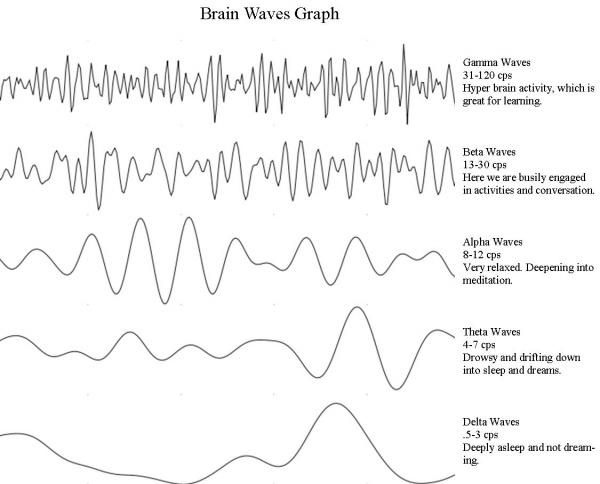Hackers in Residence - Hacking MindWave Mobile
Deciphering the MindWave Data
Using an FTDI basic, I was able to view the data coming in from the Arudino through my USB port. I used X-CTU to read the data. The Arduino code mentioned in the Gathering Materials section is mostly a combination of the Mindwave Mobile example code and Shane Clements’ massaging. The code is set up to print all of the digital data available out of the Mindwave Mobile. The data runs through the software serial port and is read easily on the X-CTU screen.
You can see unitless values for Delta, Theta, Alpha, Low Beta, High Beta and Gamma waves. The Mindwave’s ASIC also presents a calculated value for both Attention and Meditation. A number between 20 and 100 for Attention is normal, and a value above 40 means you are concentrating.
I was able to get repeatable values with the Attention value by counting backwards from 100 to1. We had a Bring A Hack dinner in Boulder, CO, and a few other people were able to make the Attention value rise by counting backwards from 100 to 1 also.
What is interesting is that the 5 types of brainwaves measured and reported originate from different parts of the brain. They also have extremely low amplitudes and frequencies.
- Gamma waves are oscillating waves with frequencies around 40 Hz, although they can be as high as 100 Hz and as low as 24 Hz. These originate from the thalamus (buried deep in the center of the brain) and are responsible for states of high attention and concentration.
- Beta waves are between 12 and 30 Hz and are the states associated with normal waking consciousness. These are emitted from the motor cortex, a region of the cerebral cortex, which is the outermost layer of tissue on the brain. Beta waves are split into three sections: Low Beta Waves (12.5-16 Hz, "Beta 1 power"); Beta Waves (16.5–20 Hz, "Beta 2 power"); and High Beta Waves (20.5-28 Hz, "Beta 3 power").
- Alpha waves originate at the Occipital lobe and have a frequency of 8-12Hz. These are most present when you are awake but are very drowsy or relaxed.
- Theta waves are oscillating waves that are located in the Hippocampus and are associated with dreaming. They are in the 4-7Hz range.
- Delta waves are associated with very deep, dreamless sleep cycles and are high amplitude waves, which have a 0 to 3Hz frequency. These waves emit from both the thalamus and the cortex.
The difference between these waves can be more easily understood when seen side-by-side.
If you used an Arduino with the code from the Gathering Materials section uploaded, you should be able to see these values printed out in X-CTU or the Serial terminal program of your choice.
The Processing code found in the same section as the Arduino code can be used and modified to graph different values from the Arduino.



